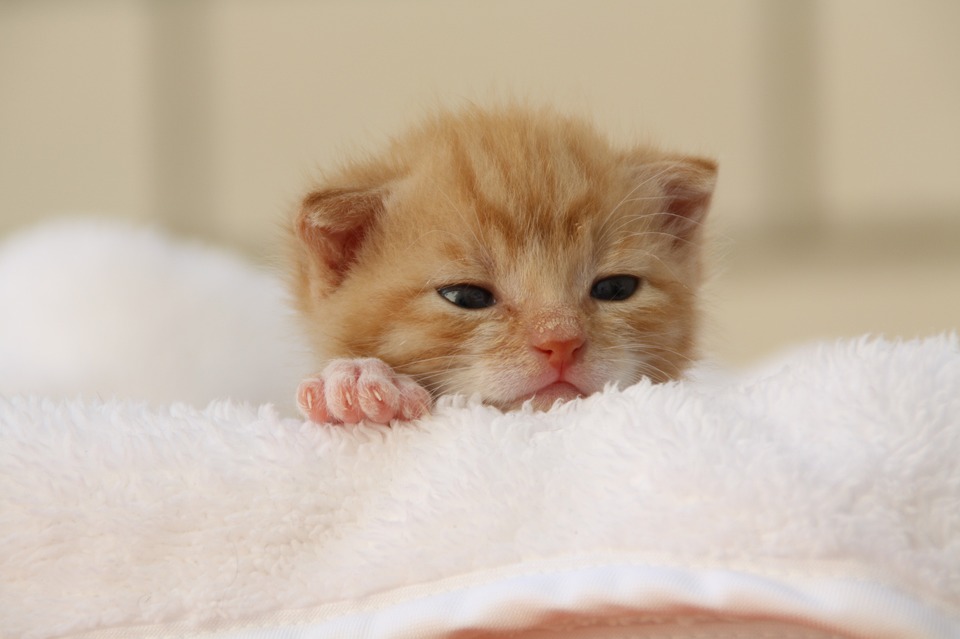Catnip, a member of the mint family, has long been associated with captivating effects on our feline companions. Commonly known as catmint or Nepeta cataria, this herb has a profound influence on cats, often leading to various behavior changes that can range from amusing to outright entertaining. In this article, we delve into the fascinating world of catnip, exploring its effects on cats and shedding light on the science behind this peculiar phenomenon.
Understanding Catnip: What is it and How Does it Work?
Catnip is a perennial herb native to Europe, Asia, and parts of Africa. Its distinct aroma, reminiscent of mint, is attributed to the compound nepetalactone, which triggers a specific reaction in cats. When exposed to catnip, most cats exhibit a series of behaviors that can be both intriguing and comical.
The Catnip Response: Behaviors and Effects
1. Sniffing and Rubbing: When cats encounter catnip, their first response is often sniffing and rubbing against the source. This behavior is an attempt to fully immerse themselves in the scent, allowing the nepetalactone to interact with their olfactory system.
2. Rolling and Licking: Following the initial sniffing, cats may roll on their backs and lick or chew the catnip-infused object. This reaction is believed to help spread the nepetalactone over their fur, enhancing the scent and prolonging the effects.
3. Playfulness and Excitement: The most commonly observed response to catnip is increased playfulness and excitement. Cats may become hyperactive, chasing imaginary prey, pouncing on toys, or engaging in vigorous play sessions. This behavior surge is accompanied by bursts of energy and intensified curiosity.
4. Relaxation and Calming: Paradoxically, some cats may also experience a sense of relaxation and calmness after the initial excitement. They might seek out a cozy spot to rest, purring contentedly, and seemingly in a state of bliss.
Catnip Sensitivity: Why are Some Cats Immune?
It is estimated that approximately 50-75% of cats exhibit a strong positive response to catnip, while the rest appear unaffected by its allure. The sensitivity to catnip is believed to be an inherited trait, with the sensitivity gene being dominant. If both parents are sensitive to catnip, their offspring are likely to inherit this trait as well. However, the degree of sensitivity may vary among individuals.
Catnip and Cat Behavior FAQs
Q: Is catnip safe for my cat?
A: Yes, catnip is generally considered safe for cats. However, it’s important to provide it in moderation and observe your cat’s behavior. Some cats may become overly excited or aggressive, so monitor their response accordingly.
Q: Can kittens be exposed to catnip?
A: Kittens under the age of 6 months usually do not respond to catnip. Their sensitivity develops as they mature. It is recommended to introduce catnip gradually to adult cats to assess their reaction.
Q: Can catnip be used to train or calm cats?
A: Catnip is primarily used for entertainment purposes and is not a reliable training tool. While it may calm some cats, others may become more hyperactive. Consult with a veterinarian for alternative calming strategies if needed.
Q: Can cats become addicted to catnip?
A: Catnip is not addictive, and cats do not develop a physical dependence on it. However, they may become habituated to its effects, leading to a reduced response over time. To keep it exciting, it is advisable to offer catnip occasionally rather than daily.
In conclusion, catnip remains an intriguing and somewhat enigmatic herb that never fails to fascinate both cat owners and experts alike. Its ability to induce a range of behavior changes, from playful antics to moments of tranquility, adds an element of mystery to our understanding of feline behavior. Remember, while catnip can be a delightful addition to your cat’s environment, it is essential to offer it responsibly and in moderation, taking into account your cat’s individual sensitivity and well-being.








